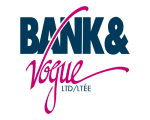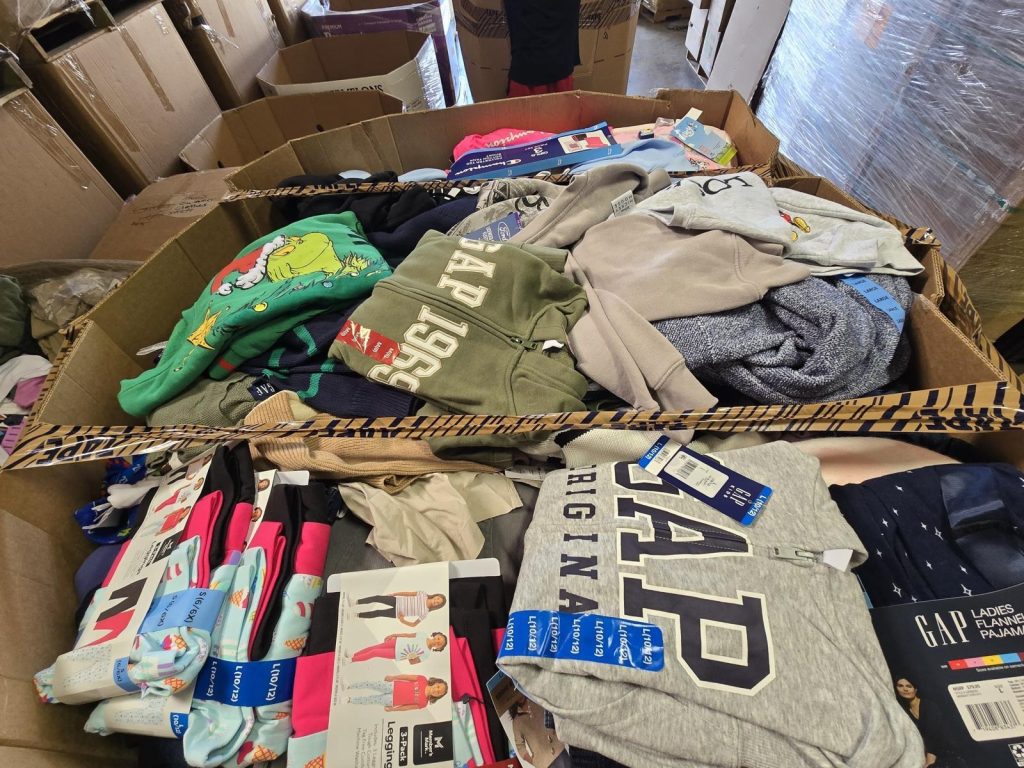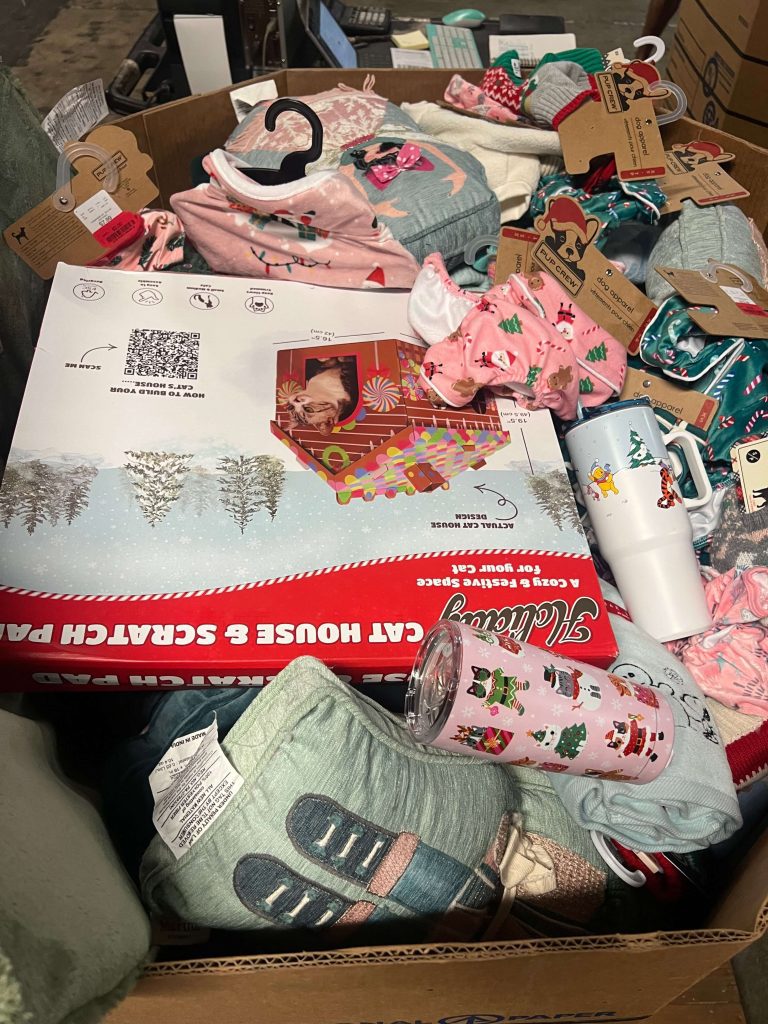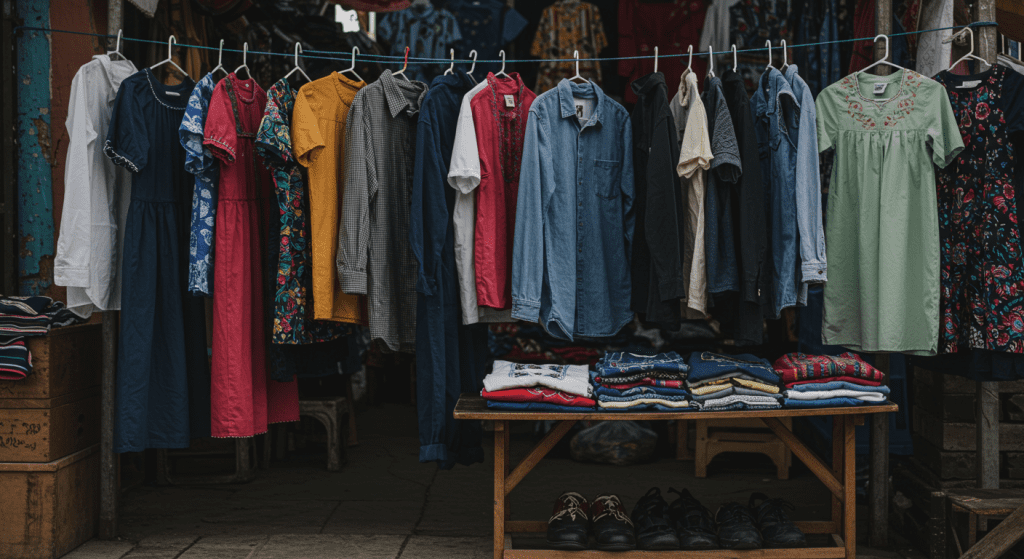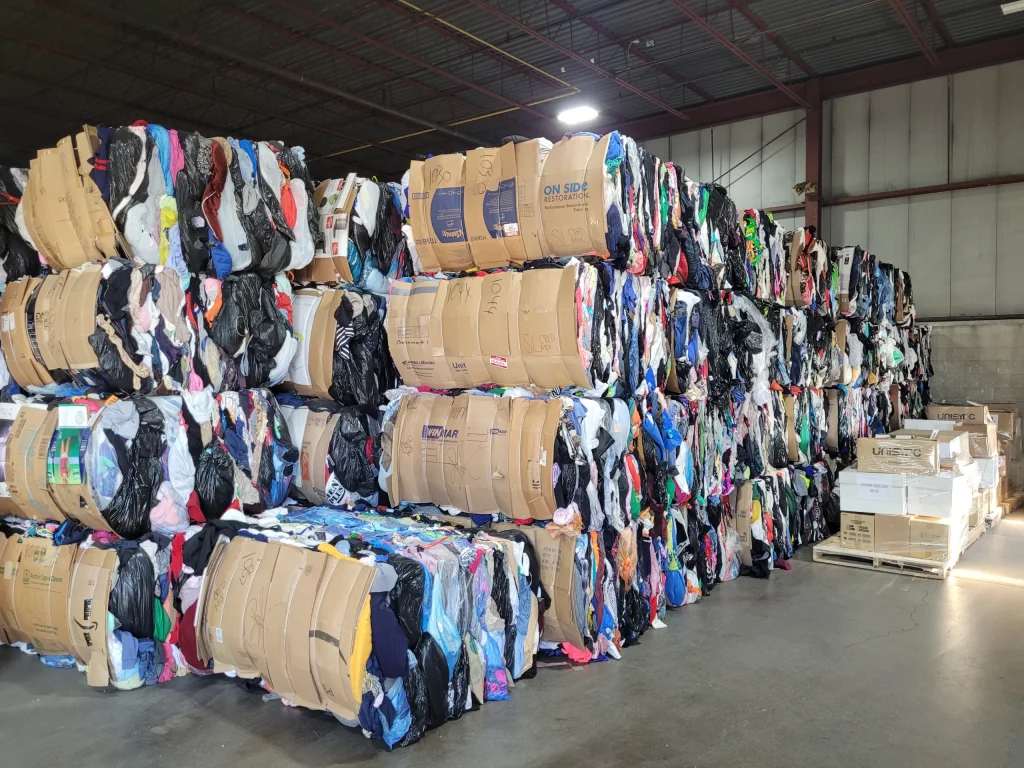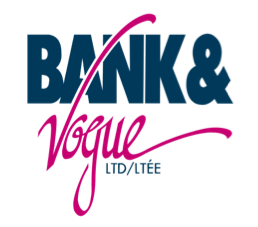Year in Review 2025: Key Policy Shifts, Trade Patterns & Sustainability Milestones in the Used Clothing Industry
Introduction: A Defining Year for Secondhand In 2025, the used clothing industry continued its transition from a peripheral sustainability solution to a strategic pillar of global fashion systems. Policy action, evolving trade dynamics, and sustained resale growth all pointed in one direction: circularity is no longer optional. This year-in-review examines the most important developments shaping […]
